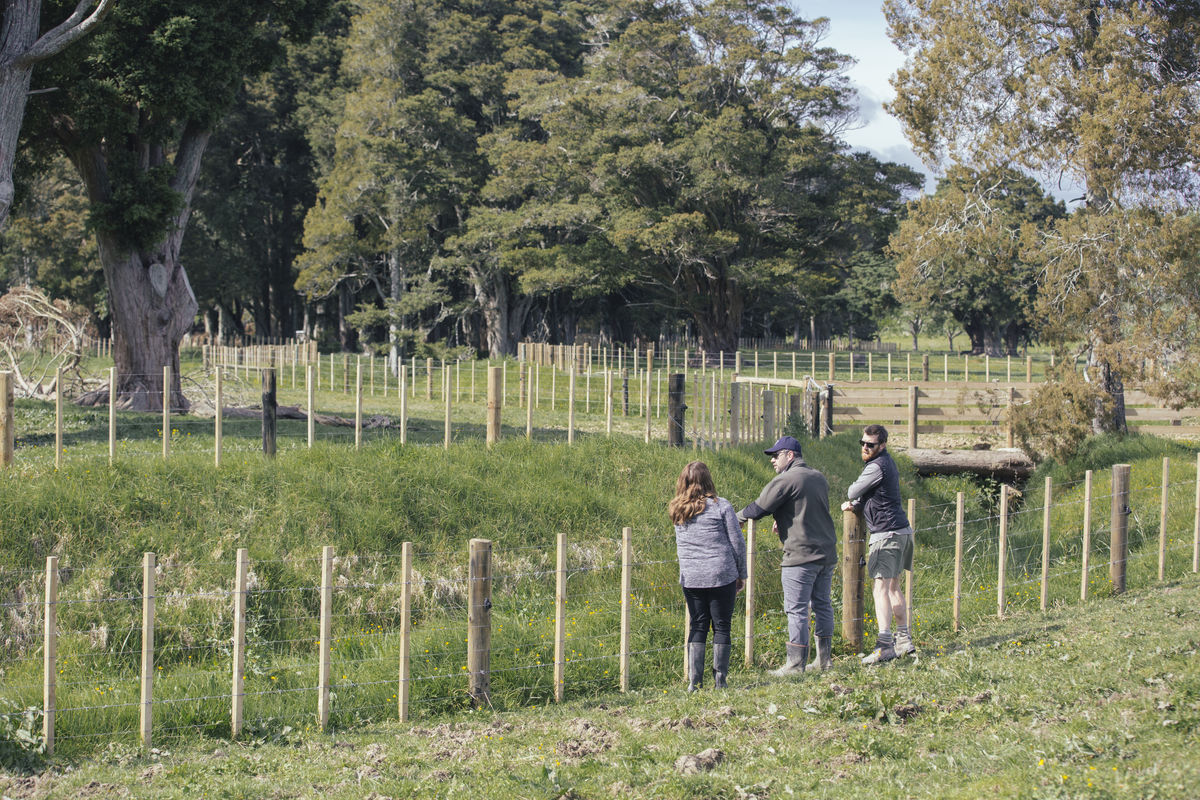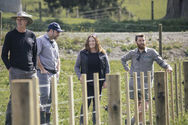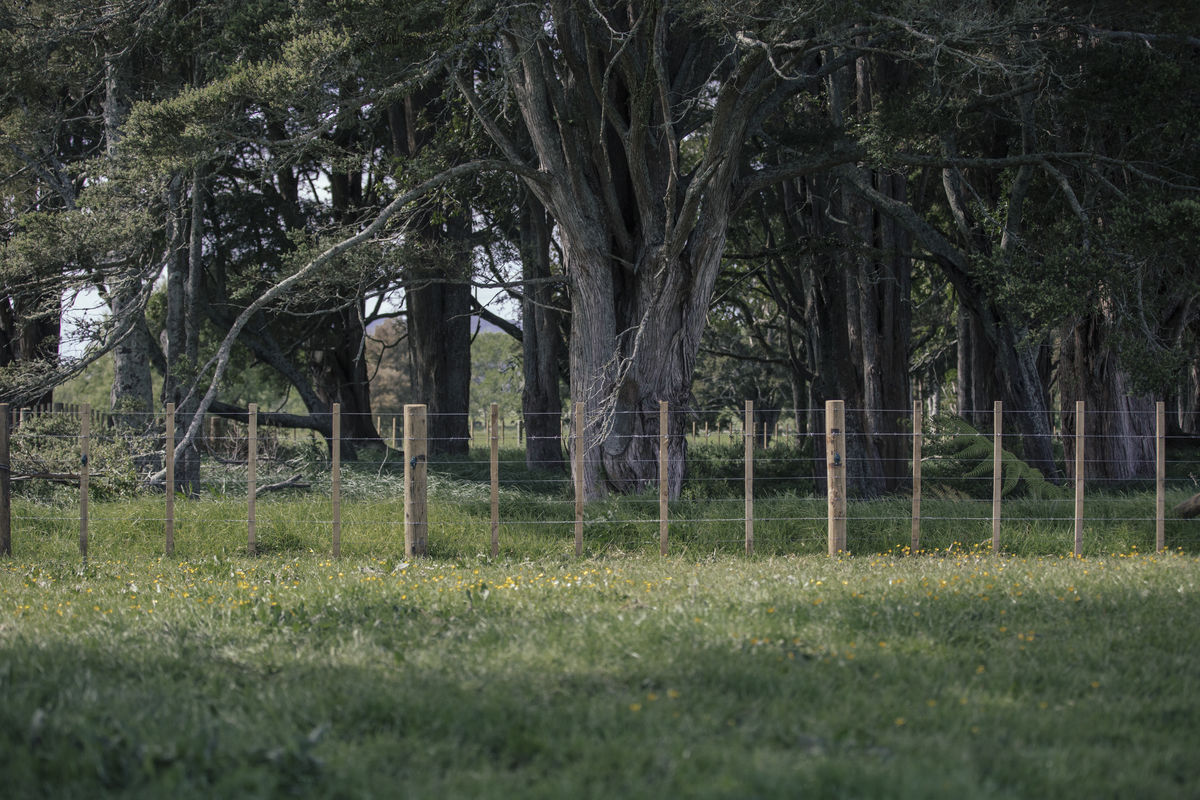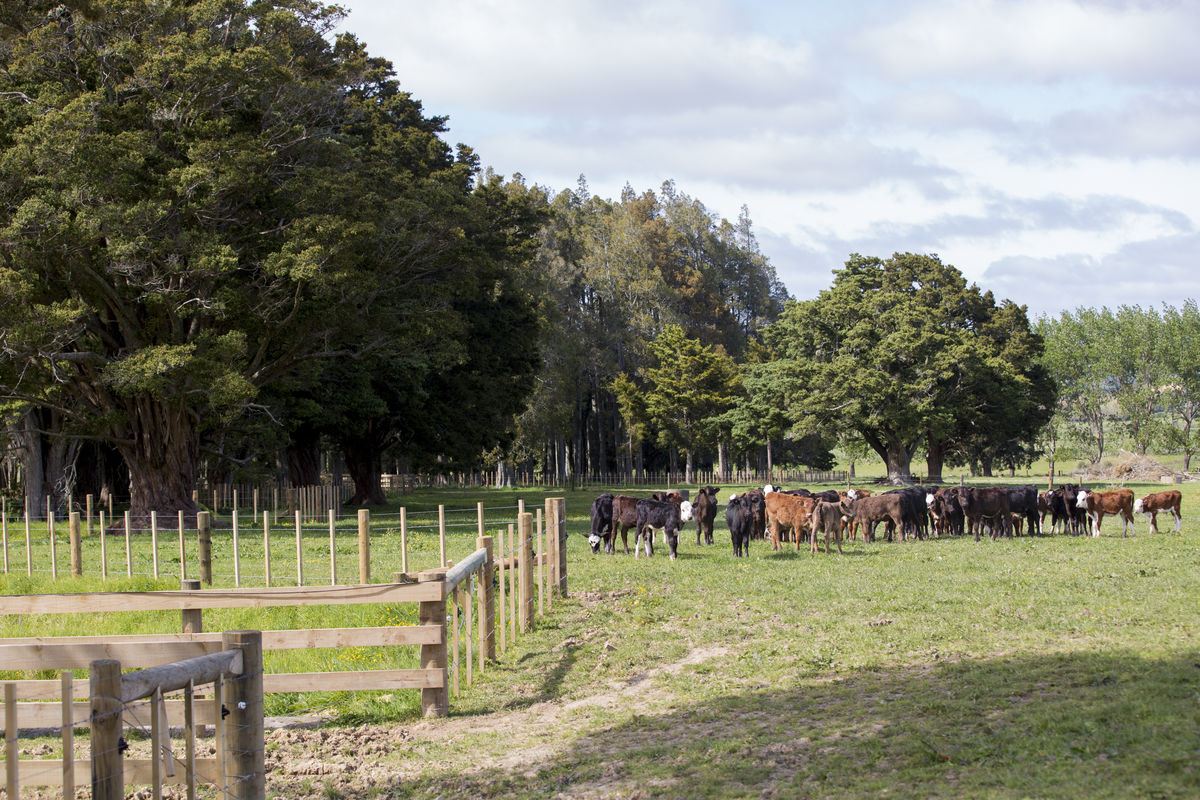
Biodiversity Assessments on Farm
What is a biodiversity assessment?
A biodiversity assessment is an analysis of the variety of living things on land, in freshwater and seawater including plants and animals, and the ecosystems that support them, such as waterways. It includes the diversity within species (referred to as genetic diversity), diversity between species and the diversity of ecosystems. A key aspect of a biodiversity assessment is determining whether the native species (plants, animals and invertebrates) endemic to an area are thriving due to a healthy functioning ecosystem or whether they are threatened by a degrading ecosystem (caused for example by polluted water or erosion).
What was the purpose of the Living Water trial of biodiversity assessments on-farm?
Living Water identified that most Farm Environmental Plan (FEP) templates available to farmers have limited scope for biodiversity assessments and related actions. This means there was no assessment of the variety of native plants, animals, and the ecosystems they form, and no measures of the richness of life that may exist on farms. Living Water wanted to trial the effectiveness of specialist biodiversity assessments for farms as a way of increasing on-farm biodiversity protection and enhancement. An additional objective was to identify a simple best practice method for measuring, protecting and enhancing biodiversity on farms.
Who could use biodiversity assessments?
Landowners, farmers, farm and land managers, landcare groups, regional and district councils.


How was the biodiversity assessment conducted?
Living Water asked the Department of Conservation (DOC), to develop the biodiversity assessment approach which was trialled and refined. The biodiversity assessments were implemented by contract ecologists on 23 farms in Living Water catchments, including 17 in the North Island and six in the South Island during 2016 and 2017. Each farm was presented a comprehensive report of their property with maps and photos and provided with financial and technical support to complete at least one of the highest priority actions identified in their assessment. Priority actions most often identified through the assessments were stock exclusion, control of pest plants, and enhancement of fish passage in waterways.
What did Living Water learn from using biodiversity assessments?
At an average cost of $5,000 per farm to complete an assessment (up to $12,000 for larger farms or where there is significant biodiversity to assess), this approach might be too costly to apply widely across the agricultural landscape. Despite Living Water funding at least one project per farm to help get action underway, not all priority actions were implemented. Currently there are insufficient regulatory or market drivers to motivate biodiversity enhancement work, particularly if a farmer is struggling financially and is focused on maintaining the basics for running their farm.
Both the farmers and the Fonterra Sustainable Dairying Advisors (SDA) involved in the trial recognised the expertise of the specialists conducting the assessments, which increased awareness with farmers of the biodiversity values on their farms and gave them confidence in the actions proposed. The input of specialists is needed to identify threatened species and engage the farmer with specific information to protect and enhance the biodiversity values on their farm.
A valuable lesson is that while the biodiversity assessments picked up a range of ecological values on farm, some of the actions described to protect or enhance these values would be considered good management/farming practice and should be picked up through a farm environment plan (FEP). Examples include excluding stock from natural features such as wetlands and streams, and retiring and revegetating waterways and springs. Some farm-scale biodiversity gains could be achieved through the FEP process. Fonterra took the lessons learnt from the trial and incorporated them into the development of the biodiversity module in their Tiaki FEP App. Consequently, all Fonterra supplier farms will be assessed for biodiversity as a requirement of completing their FEPs by 2025.
